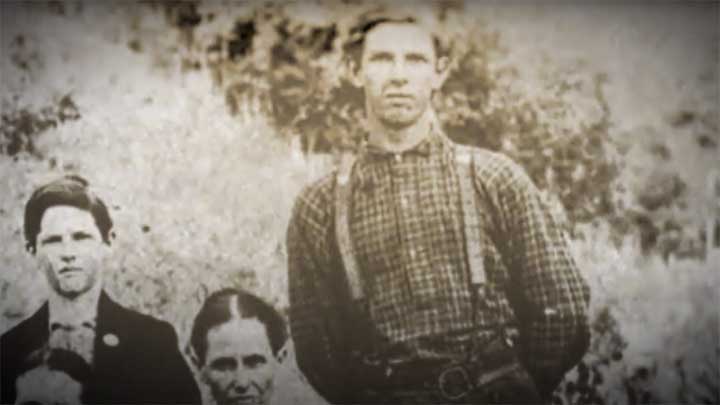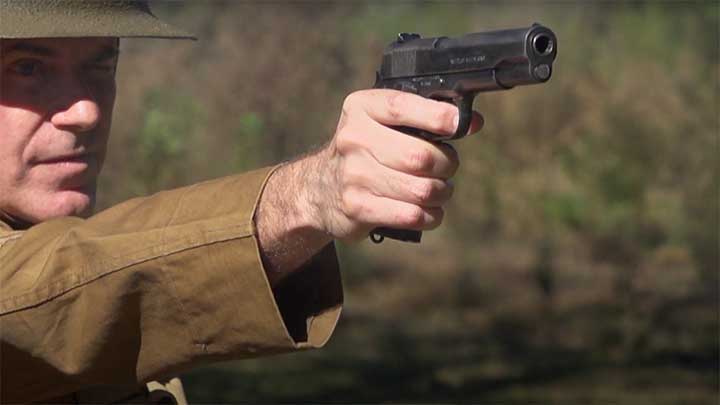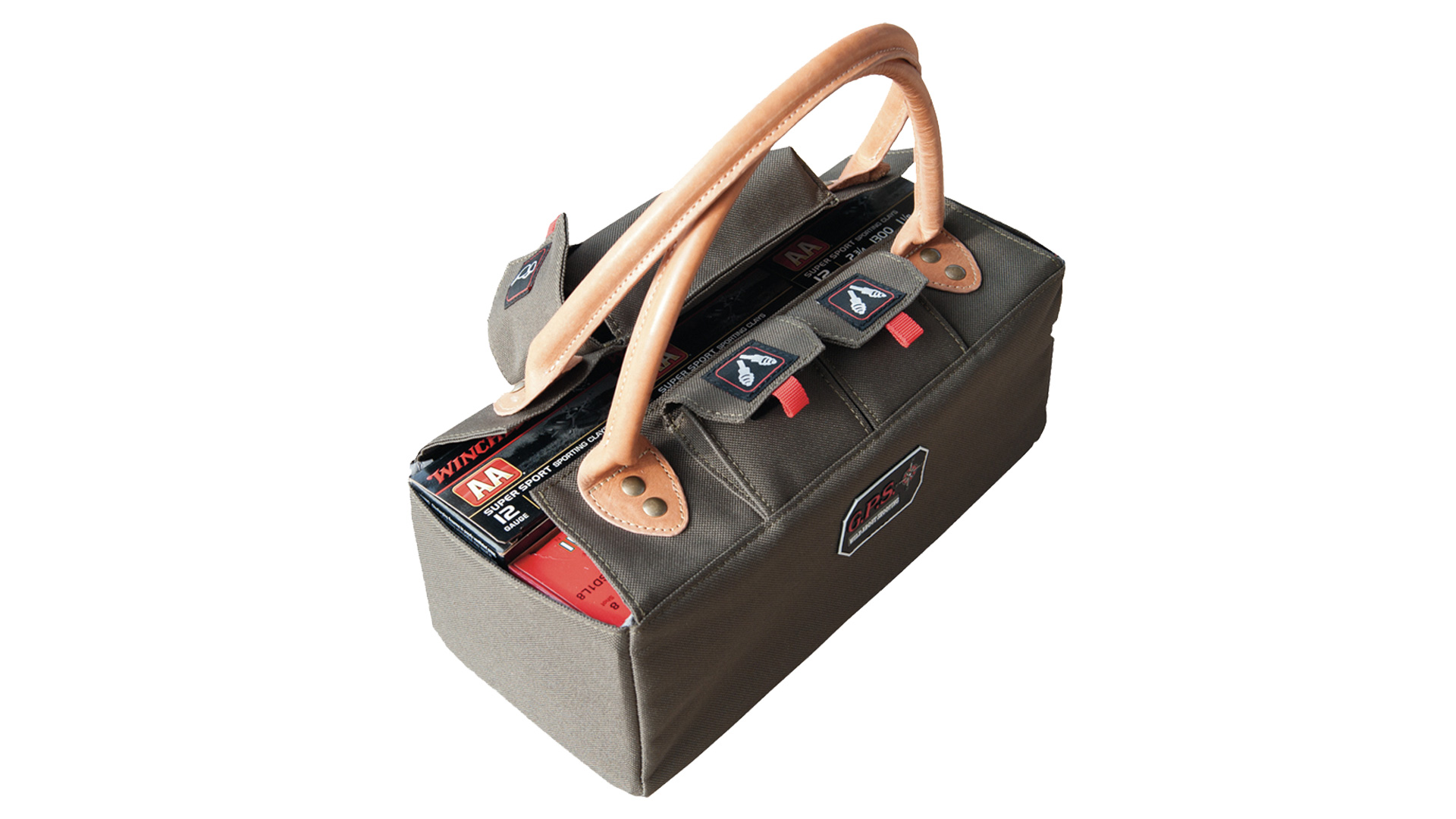When British and French military leaders began discussion on how to incorporate U.S. soldiers into the fighting on the Western Front, they wanted Americans brought in as replacements for their depleted units. However, Secretary of War Newton Baker and General John J. Pershing wanted American soldiers in their own units and to follow American principles. One of these principles was the focus on accurate rifle fire.

American soldiers were thus trained and drilled for marksmanship with their rifles before being shipped off to France. Over the course of World War I, American riflemen earned a reputation for accuracy on the battlefield. Of all the instances of American marksmanship throughout the war, one of the most famous and well-known examples are the exploits of Sgt. Alvin C. York, which later earned him the Medal of Honor.

Alvin York came from a humble background, born in 1887 and raised in Pall Mall, Tenn. In his early years, York attended schooling for a short time before dropping out to work and help provide food for his impoverished family. He learned the skills of marksmanship as a young man hunting to help put food on the table, and became a crack shot. He was also deeply grounded in his faith and commitment to his community.

On June 5, 1917, Alvin York registered for the draft as all men between the ages of 21 and 31 were required to. He was shortly thereafter drafted and assigned to “G” Company of the 328th Infantry Regiment of the 82nd Infantry Division. During his training, York filed an initial came for conscientious objector status, meaning that he did not wish to kill. His initial came was turned down, to which he appealed it. However, he found some comfort in that the Bible provided some authority for him to take up arms in combat.

A year later, the then Cpl. Alvin York was in-theater with the 328th Infantry Regiment during the Meuse-Argonne Offensive in France. On Oct. 8, 1918, his regiment was assigned the objective of capturing Hill 223 in the Argonne Forest and a railway line nearby. When the attack began, the regiment advanced into the wooded area, crossed a stream and overran a German medical personnel assembly area.

While accepting the surrender of the German medical personnel, a German machine gun positioned on top of the hill opened fire on the Americans. As the MG-08 machine gun began to spray the area with accurate fire, York took it upon himself to lead an attack on the position. Falling back on his experience hunting turkeys, he dropped into a squat position. This allowed York a clear view of the Germans, and they couldn’t depress the machine gun low enough to shoot him.

As the German machine gun crew raised their heads to try and spot him, York dispatched them with accurate rifle fire. After he knocked out the machine-gun crew, several German soldiers in a trench uphill from York launched a bayonet attack against him. As the Germans charged him, York drew a M1911 .45 ACP sidearm and began to dispatch his attackers from back to front. York quickly killed or wounded all of the Germans in the bayonet charge and then advanced up the hill to a position where he could look down the German trench.

From there, York began to pour accurate rifle fire against the German occupants of the trench. During the fighting, a German lieutenant, Vollmer, rushed up to York and asked if he was English. York responded, “No, not English.” Lt. Vollmer then asked, “What?” York said “American!” In response, Lt. Vollmer replied, “Good lord! If you won't shoot anymore, I’ll make them surrender.”

York agreed, after which Lt. Vollmer shouted a command, and the German soldiers in the trench dropped their weapons, put their hands up and surrendered. At the end of the engagement, York and a few men escorted the German prisoners back to American lines. Upon returning to his unit, his brigade commander remarked “ Well York, I hear you have captured the whole German army,” to which York replied “ No sir. I got only 132.” When asked how he managed to make the Germans surrender, York simply replied “I surrounded ‘em.”

For his actions, York was promoted to sergeant and awarded the Distinguished Service Cross. Months later, an investigating into his actions resulted in an upgrade of his Distinguished Service Cross to the Medal of Honor, presented by General John J. Pershing. York was also awarded the Croix de Guerre, the Medaille Militaire and the Legion of Honour by the French. The French General of the Armies, Marshal Ferdinand Foch, told York, “What you did was the greatest thing accomplished by any soldier of all the armies of Europe.”

Sgt. Alvin York later went on to become an officer in the reserves and the Tenn. State Guard. He returned to his modest ways after the war, becoming a gentleman farmer with his own property back home in Tenn. To this day, however, there remains some controversy over which specific rifle model that York used during his famous engagement, either the Model 1903 Springfield or the Model 1917 Enfield, both chambered in .30-’06 Sprg.

Some circles believe that he used the M1917 Enfield, as that is what the 328th Infantry Regiment was issued overseas. Yet there are also accounts that support the possibility that York used a M1903 in his famous action. In particular, York’s son Andrew York noted that “Daddy didn’t much cotton peep sights” as are on the M1917. He was instead comfortable and familiar with open-style sights, like those on the M1903, for Kentucky windage, and few guns he owned had peep sights.

The family was so confident that Alvin York used an M1903 that his statue at the state capital in Nashville, Tenn., features a M1903. The truth may never be known on the issue, as York’s rifle and gear was taken from him by a sailor as soon as he walked off the ship in New York harbor, never to be seen again. Regardless of whether or not Sgt. Alvin C. York used a M1903 or M1917, his actions on Oct. 8, 1918, are one of the most well-renowned actions of a U.S. soldier in World War I and proof that he was a true American rifleman.
To watch complete segments of past episodes of American Rifleman TV, go to americanrifleman.org/artv. For all-new episodes of ARTV, tune in Wednesday nights to Outdoor Channel 8:30 p.m. and 11:30 p.m. EST.

























